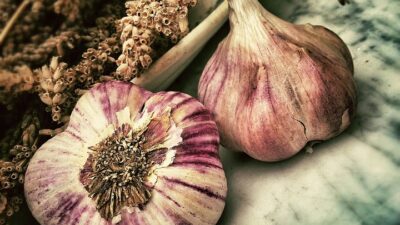Truffles, often considered the diamonds of the culinary world, have enchanted chefs and food enthusiasts for centuries. With their distinctive aroma and rich, earthy flavor, truffles hold a special place in gourmet cuisine, elevating dishes to extraordinary heights. This article explores the culinary wonders of truffles, their varieties, uses in the kitchen, and the cultural significance they hold in various cuisines.
The Fascination with Truffles
Truffles are a type of fungi that grow underground in association with the roots of specific trees, such as oak, hazelnut, and beech. Found predominantly in Mediterranean regions, particularly France and Italy, they have become a symbol of luxury dining due to their rarity and unique flavor profile. The harvesting of truffles is often a labor-intensive affair, traditionally involving trained dogs or pigs to sniff them out from their subterranean hiding places.
Varieties of Truffles
-
Black Truffles: Known scientifically as Tuber melanosporum, these truffles are revered for their deep, musky flavor and are commonly used in French and Italian cuisine. They are typically harvested between winter and early spring.
-
White Truffles: Hailing from regions like Piedmont in Italy, Tuber magnatum (white truffles) are considered the crème de la crème of truffles, known for their intense aroma and slightly nuttier taste. They are usually harvested between September and January.
- Summer Truffles: Found across Europe, especially in the summer months, Tuber aestivum are milder in flavor and less aromatic compared to their winter counterparts. They are often used in more casual culinary applications.
Culinary Applications
Truffles can be incorporated into a wide range of dishes, enhancing flavors and adding an element of sophistication. Here are some popular culinary applications:
-
Truffle Oil: A favorite among chefs, truffle oil adds a hint of truffle aroma to salads, pizzas, and pasta. It’s essential to use caution, as this oil can easily overpower a dish.
-
Pasta Dishes: Shaved or grated truffles can transform a simple plate of pasta into a decadent affair. Pairing them with creamy sauces or buttery noodles allows their flavors to shine.
-
Risottos: Truffles can elevate risotto, providing an earthy contrast to the creamy texture. Incorporating sliced truffles or a drizzle of truffle oil during plating adds visual appeal and aroma.
-
Egg Dishes: Whether in scrambled eggs or an omelette, adding truffles can elevate breakfast to gourmet status. The combination of eggs and truffles is a classic that highlights both ingredients beautifully.
- Charcuterie and Cheese: Sliced truffles complement various cheeses and cured meats, making them perfect for charcuterie boards. Their strong flavors work well with mild cheeses and rich meats.
Cultural Significance
In many cultures, truffles represent a connection to the earth and tradition. In France, the black truffle is often associated with the culinary excellence of regions like Périgord. Here, truffles are celebrated in festivals, and chefs have perfected the art of integrating them into local cuisine.
In Italy, the white truffle is a point of pride for regions such as Piedmont. The annual Alba White Truffle Festival attracts food lovers from around the world, showcasing truffle hunting demonstrations and lavish feasts.
The Future of Truffles
With the demand for truffles on the rise, sustainable sourcing has become a critical issue. Overharvesting and habitat loss threaten these exquisite fungi. Encouraging sustainable foraging practices and supporting farms that cultivate truffles can help preserve their existence for future generations.
Conclusion
Truffles are more than just an ingredient; they’re a culinary treasure that embodies the magic of nature’s bounty. Their unique flavors and aromas bring a touch of luxury to any dish, making them a staple in high-end cuisine. As we continue to explore the wonders of truffles, it is essential to respect their origins and promote sustainability, ensuring that this gastronomic delight continues to enchant food lovers for years to come. Whether you are a seasoned chef or a curious home cook, experimenting with truffles can lead to unforgettable culinary experiences, cementing their status as one of the world’s great gastronomic treasures.



